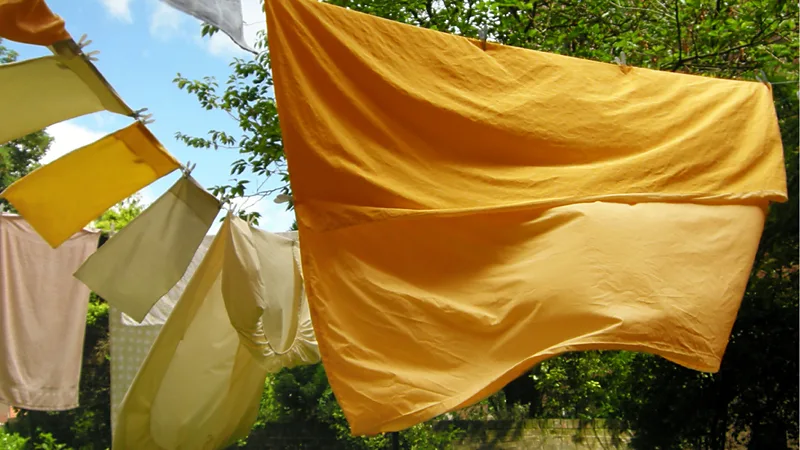Nothing beats the sensation of climbing into a warm bed, nestling under a cozy blanket, and placing your head on a plush pillow after a demanding day. But it’s not just us humans who find happiness in a comfortable bed.
You might be shocked to hear that your bed linens are home to millions of germs, fungi, mites, and viruses if you dig beneath the surface. All of them believe that your bed is paradise as well, a warm haven where they can develop, complete with perspiration, saliva, dead skin cells, and food particles.
Consider dust mites. Every day, we shed 500 million skin cells, which is like an endless smorgasbord for tiny dust mites. Unfortunately, allergies, asthma, and eczema can be brought on by the bugs and their droppings.
Bacteria also thrive in bed linens. For instance, in 2013 when Staphylococcus germs, which are frequently found on human skin, were examined in the bed linens of hospital patients by researchers at the Institut Pasteur de Lille in France, they discovered that the sheets were filthy. While the majority of staphylococcus species are benign, some, like S. aureus, can lead to skin infections, acne, and in patients with compromised immune systems, pneumonia.







